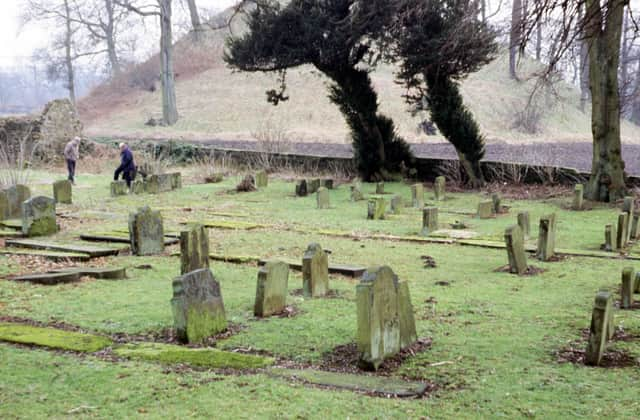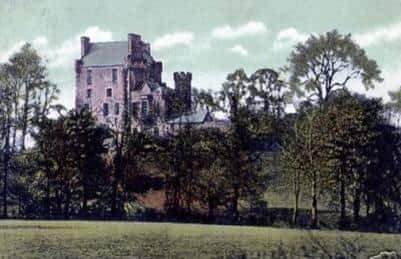Myths and legends abound at Dunipace


The original settlement lay near the little mounds known as the “Hills of Dunipace” which people used to think were symbols of a peace treaty between the Romans and the locals.
The valley of the Carron was certainly the scene of many battles and when peace came, or so it was said, the warring parties agreed on a joint name. Thus we have “dun” from the native language meaning hill coupled with “pace” from Latin meaning, of course, peace. A clever idea but sadly with no foundation whatsoever!
Advertisement
Hide AdAdvertisement
Hide AdSome folk have argued that the “hills” were ancient burial sites but this is also unlikely since no archaeological evidence has been found.


John Reid, who knows all there is to know about our place names, thinks the name might comes from dun y bais meaning the “hill of the ford” – there certainly was an important fording point across the Carron quite close by.
What we do know is that the mounds are a natural feature dating back to the ice age though the more prominent of the two may have been deliberately shaped to make it suitable for a motte or wooden castle in the late middle ages.
Close by, in the medieval period, stood the little chapel of Donypas which tradition says had as its priest the uncle of William Wallace who was a regular visitor as a child.
Advertisement
Hide AdAdvertisement
Hide AdAccording to the unreliable poet Blind Harry, he taught Wallace a verse in Latin which ended with something like “never accept slavery my son”. So there we are: Scotland’s greatest hero learned his most important lesson in Falkirk district!
Not far away was an ancient well called St Alchanter’s (or Alexander’s) which gave its name to the modern Catholic Church in Denny.
In June 1329 the body of King Robert the Bruce rested here overnight on its way to Dunfermline Abbey for burial.
The later Stewart kings used Dunipace for hunting and falconry and Herbertshire Castle, now long demolished, was no doubt a favourite stopping off place.
Advertisement
Hide AdAdvertisement
Hide AdThere was a later church near the graveyard dating from the 1500s and people writing in the mid-Victorian period remembered catching bats in their hankies during the long sermons!
By then the original settlement of Dunipace had declined and the present village, known at first as Milltown of Dunipace, had grown up opposite Denny at the north end of the old bridge which was rebuilt in 1828.
A new church opened in the 1830s a bit nearer the people at Denovan and this continued in use until the 1988. It is now a private house.
The parish of Dunipace was united with that of Larbert from 1616 until 1962.
Advertisement
Hide AdAdvertisement
Hide AdIn the 18th century a house known as the Place of Dunipace stood near the “hills” but it is long gone and only a fragment of a single small turret survives which was once used as a doocot.
The house was at that time occupied by the Primrose family. Sir Archibald Primrose was accused of aiding the Jacobites in 1746 by showing them to the ford already mentioned so that they could cross the Carron on the morning of the battle of Falkirk Muir.
He claimed he had been forced to do it but nobody believed him and off went his head! Impressionable folk still see him wandering around the old walled graveyard with his head tucked underneath his arm like dear old Anne Boleyn!
The graveyard is a real gem and well worth a visit but, if you go at night, keep a sharp look out for Archie!